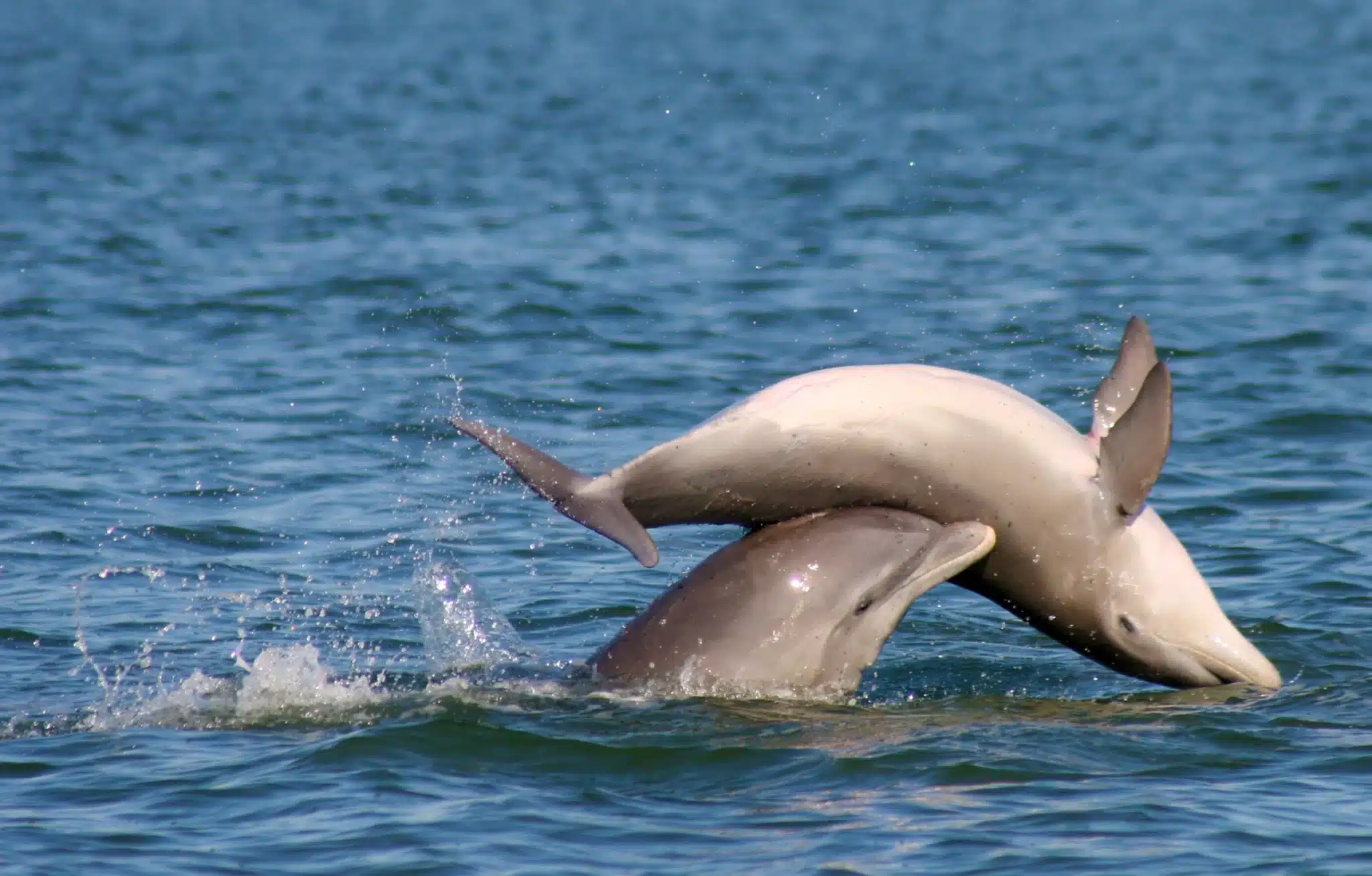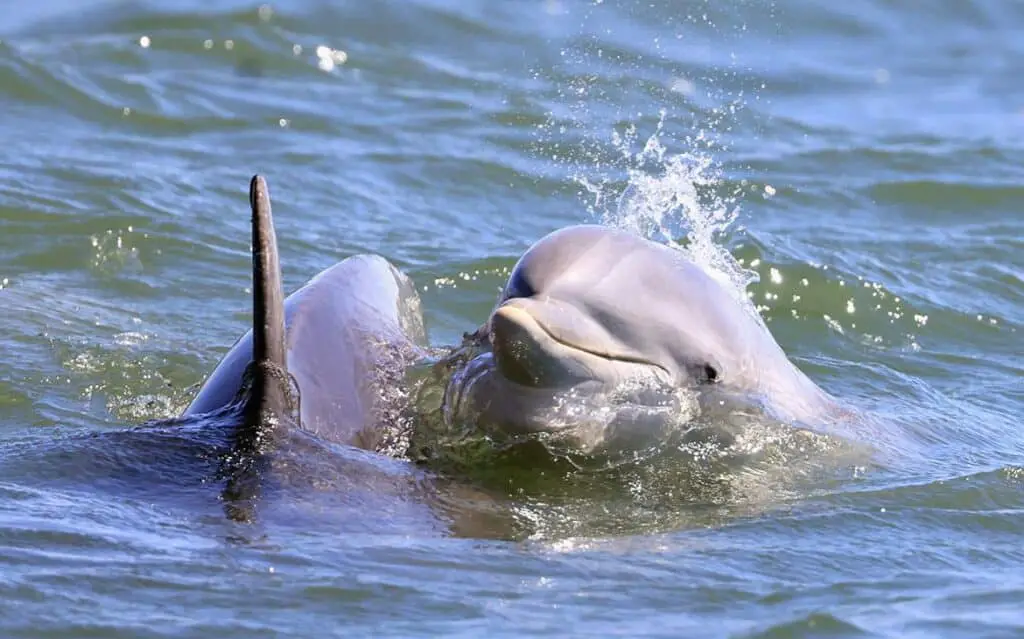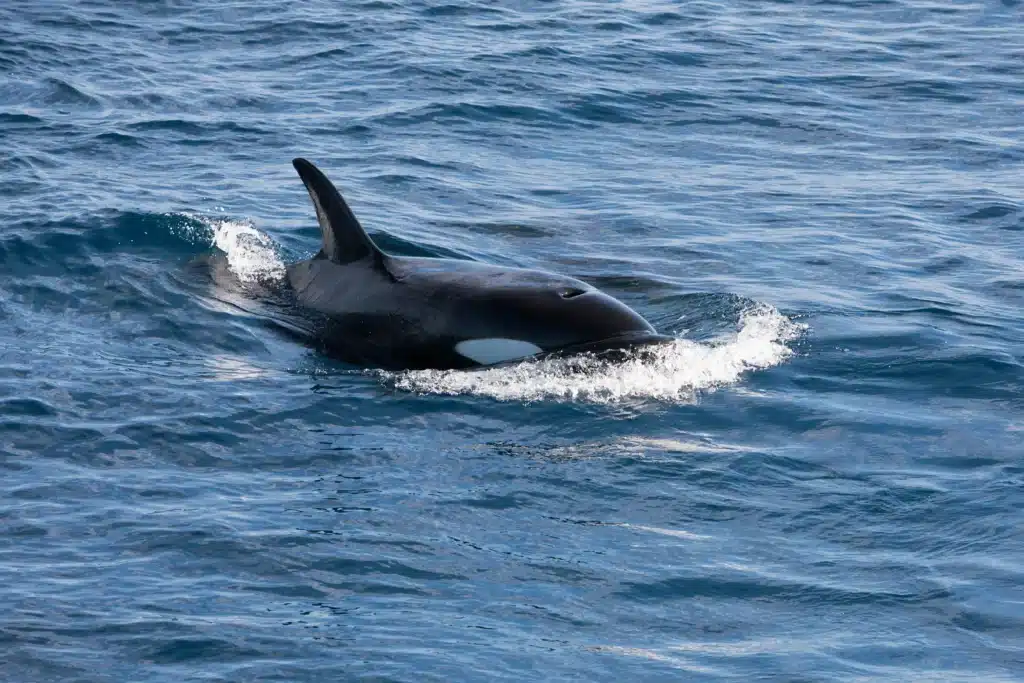What Adaptations Do Dolphins Have

Introduction
Dolphins, with their sleek bodies and remarkable intelligence, are among the most captivating creatures inhabiting our planet’s oceans. These marine mammals have evolved over millions of years, developing a host of adaptations that enable them to thrive in their aquatic environments. Their adaptations encompass a wide array of physical, physiological, and behavioral traits that allow them to navigate the challenges of life beneath the waves. Understanding these adaptations not only offers a glimpse into the incredible world of dolphins but also sheds light on the wondrous process of evolution that has shaped life in Earth’s seas.
Dolphins have a reputation for their remarkable abilities, including their agility in the water and their complex interpersonal and echolocation skills. These adaptations, honed through countless generations, enable them to excel as apex predators and social beings in the vast and dynamic oceans they call home.

What are the adaptations of a dolphin in the water?
Their bodies have been streamlined and their limbs have been modified. The pectoral flippers on the sides of their body help the animal steer and stop. The powerful tail flukes help propel the animal and the dorsal fin provides stabilization while swimming. Dolphins have undergone a series of remarkable adaptations that equip them for life in the water. These adaptations span various aspects of their anatomy, physiology, and behavior, allowing them to thrive in their aquatic environment:
Streamlined Body: One of the most noticeable adaptations of dolphins is their streamlined body shape. Their tapered form minimizes water resistance, allowing them to glide efficiently through the water. This body structure reduces energy expenditure during swimming and enables them to reach high speeds.
Flippers and Flukes: Dolphins have evolved specialized limbs that aid in swimming and maneuvering. Their forelimbs have transformed into flippers, which provide propulsion and stability. The tail flukes are muscular and powerful, allowing dolphins to generate forceful thrust for swimming.
Blowhole and Breathing: Dolphins have a blowhole on top of their heads that enables them to breathe at the water’s surface. This adaptation allows them to take quick breaths without having to fully expose their bodies. They have a respiratory system tailored for productive gas exchange, which allows them to maintain their inhalation for extended periods while diving.
Echolocation: Dolphins have a sophisticated echolocation system that allows them to navigate, communicate, and locate prey. They emit high-frequency clicks and interpret the echoes produced by those clicks bouncing off objects. This adaptation is crucial for finding food and avoiding obstacles in their underwater environment.
Buoyancy: Dolphins’ bodies are slightly denser than water, which helps them maintain buoyancy. Their lungs and specialized adaptations in their body structure assist in regulating buoyancy. Allowing them to control their depth in the water column.
What are the 3 behavioral adaptations of a dolphin?
Some behavioral adaptations of dolphins are pod formation, communication, and family structures. Dolphins travel through the ocean in family groups called pods. Pods help dolphins work together to round up food and stay safe from predators in the ocean. Social Structure: Dolphins are highly social animals and often live in groups called pods. This social structure provides companionship, protection, and cooperative hunting opportunities. Group living allows them to communicate, share information, and respond collectively to threats or opportunities.
Playful Behavior: Dolphins are known for their playful nature. They engage in activities such as riding waves, and leaping out of the water. And playing with objects like seaweed or bubbles. Play serves multiple purposes, including skill development, social bonding, and reducing stress.
Hunting Techniques: Dolphins employ various hunting strategies depending on the type of prey they target. For example, some dolphins engage in cooperative hunting, where they work together to corral and capture schools of fish. Dolphins also use their echolocation abilities to detect and locate prey, showcasing their highly adapted sensory skills.
Where do dolphins adapt?
On repeated occasions, in several places and seemingly independently, dolphins have also adapted to life along the coast. The coastal lifestyle can differ considerably from life at sea, especially because the diet may be completely different. These variations are reflected in the dolphin’s genetic makeup.
Dolphins have adapted to a range of aquatic environments, including oceans, seas, bays, and estuaries. They are found in various habitats, from the open ocean to coastal regions. Their adaptability to different environments is a testament to their evolutionary success as marine mammals.
Dolphins inhabit a wide range of marine ecosystems, from shallow coastal waters to deep offshore regions. Coastal bottlenose dolphins often frequently receive bays, estuaries, and shallower areas, as they have been recognized for their fondness for particular habitats. Other species, like the orca or killer whale, are known to traverse vast distances and are found in both cold and warm waters.
Dolphins exhibit a multitude of adaptations that contribute to their mastery of life in the water. These adaptations encompass physical characteristics, sensory abilities, and behaviors that collectively enable them to navigate, communicate, hunt, and thrive in their aquatic habitats.
What adaptations do dolphins have to communicate?
They use whistles to recognize each other, maintain contact with each other, and to coordinate with their groups. While all dolphins use whistles to communicate with each other, different populations of dolphins have different-sounding whistles. They vary in pitch, length, and inflection points. Dolphins are highly intelligent and social animals that rely on a complex system of communication to interact with each other and navigate their marine environment. They have evolved several adaptations that enable effective communication:
Vocalizations: Dolphins are known for their wide range of vocalizations, including clicks, whistles, and even complex sequences of sounds. These vocalizations serve various purposes, such as identifying individuals, coordinating group activities, and expressing emotions.
Echolocation: While primarily used for navigation and hunting, echolocation also serves as a form of communication. Dolphins emit clicks that bounce off objects, returning as echoes that convey information about the environment. They can identify the shape, size, and movement of objects, which helps them communicate with other dolphins about potential threats or prey.
Signature Whistles: Dolphins have distinctive signature whistles that are unique to individuals. Dolphins are thought to use these whistles as names, enabling them to distinguish between and call one another out. Dolphins use signature whistles to maintain contact, coordinate activities, and form social bonds within their pods.
Body Language: Dolphins communicate using various body movements, postures, and behaviors. Leaping out of the water, slapping their tails, or rubbing against each other are examples of body language that conveys information about emotions, intentions, or social hierarchy.
Click Patterns: Dolphins can create intricate click patterns, combining different click types and rhythms. These patterns may have specific meanings and could potentially serve as a form of language for conveying complex information.
What are 2 features of dolphins?
They have two flippers, or fins, on their sides, as well as a triangular fin on the back. Like other whales, they have an insulating layer of blubber (fat) beneath the skin. Dolphins have a beaklike snout that distinguishes them from porpoises, even though they appear similar in appearance.
Bottlenose Dolphin (Tursiops truncatus): This is one of the most well-known dolphin species. Bottlenose dolphins are characterized by their elongated beak or rostrum, which gives them their name. They have a prominent dorsal fin and a streamlined body for efficient swimming. Their flippers are large and muscular, aiding in propulsion and maneuvering. Bottlenose dolphins are highly intelligent and display a wide range of behaviors, including playful interactions with humans and other dolphins.
Echolocation Abilities: Dolphins possess a remarkable adaptation known as echolocation, which allows them to navigate, communicate, and locate prey in their underwater environment. They emit high-frequency clicks, and the echoes produced by these clicks bouncing off objects provide them with information about the surroundings. This adaptation is crucial for hunting, avoiding obstacles, and communicating with other dolphins.
Why do dolphins have 2 stomachs?
But did you know dolphins have two stomachs as well? They use one stomach to store the food they eat, and they use the other stomach to digest and utilize the food. This anatomical design can come in handy when food is scarce. Dolphins, like many other marine mammals, have a unique digestive system that includes two stomachs: the forest stomach and the main stomach. This adaptation is related to their dietary habits and the challenges of extracting nutrients from their marine diet.
Forestomach: The forestomach, additionally referred to as the “rumen,” stores and partially breaks down food in the first chamber. It contains a mix of stomach acids and enzymes that begin the digestion process.
Main Stomach: The forestomach partially digests the food before it moves to the primary source stomach for further metabolism and nutrient absorption. This chamber contains digestive enzymes that break down proteins, fats, and carbohydrates, allowing the dolphin’s body to extract nutrients from its diet.
Dolphins have a carnivorous diet consisting mainly of fish and cephalopods (such as squid and octopus). This diet requires efficient digestion to extract essential nutrients from often high-protein, marine-based foods. The two-chambered stomach helps dolphins break down these nutrient-rich foods more effectively, enabling them to meet their energy demands and maintain their active lifestyle in the ocean.
How does a dolphin protect itself?
Dolphins use a plethora of defense mechanisms to defend themselves from danger. These include using their intelligence, incredible speed, communication, echolocation, and traveling in pods. In fact, dolphins are able to scare off sharks just by swimming in large groups. Dolphins have several adaptations and behaviors that help them protect themselves in their marine environment.
While dolphins are known for their intelligence, agility, and social structure, they also employ various strategies to defend themselves from potential threats:
Group Living: Dolphins are often found in social groups called pods. One of the primary benefits of living in a pod is safety in numbers. When faced with a threat, dolphins can gather in a coordinated manner to deter or confront the aggressor. The group can also share information about potential dangers, enhancing their collective defense.
Speed and Agility: Dolphins are incredibly fast swimmers and can reach impressive speeds. Their streamlined bodies and powerful tails allow them to outswim many potential predators. Their agility and ability to change direction rapidly make it challenging for predators to catch them.
Echolocation: Dolphins use echolocation as a defense mechanism. They emit high-frequency clicks that bounce off objects in the water, providing them with information about their surroundings. This sensory ability helps them detect potential threats, such as sharks or large predators and allows them to respond by evading or avoiding these threats.
Escape Techniques: When confronted by a predator, dolphins may employ escape strategies such as leaping out of the water or swimming erratically. These evasive maneuvers can confuse attackers and make it more difficult for them to target a specific individual.
Communication: Dolphins use vocalizations and body language to communicate with other members of their pod. When faced with danger, they can convey warning signals or coordinate defensive actions through these means. Additionally, their close-knit social bonds within the pod can provide emotional support and cooperative protection.
Allomothering: Female dolphins often exhibit a behavior known as “allomothering,” where they assist in caring for the calves of other pod members. This cooperative parenting can provide additional protection for young dolphins, as multiple adults within the pod help ensure their safety.
What are 5 examples of adaptations?
The shape of a beak, the type of feet, the placement of eyes, the presence of whiskers, the shape of the nose or ears, and the sharpness of teeth are all examples of structural adaptations that help different animals to survive. Streamlined Body: Dolphins have a streamlined body shape that reduces water resistance, allowing them to swim efficiently and escape from predators or threats.
Echolocation: Dolphins use echolocation to navigate, locate prey, and detect potential dangers in their environment.
Blowhole and Surface Breathing: Their blowholes are adapted for quick, efficient surface breathing, enabling them to take rapid breaths without fully exposing themselves.
Social Behavior: The formation of pods and strong social bonds within dolphin communities enhances their collective ability to protect themselves from threats.
Buoyancy Control: Dolphins have specialized adaptations to control their buoyancy, allowing them to dive to various depths and maintain balance in the water column. This adaptation assists in evading predators and efficiently hunting for food.
Overall, dolphins’ protective strategies and adaptations have evolved over millions of years to help them thrive in their underwater world while minimizing the risks posed by potential threats.

Conclusion
The adaptations of dolphins, finely tuned over millions of years, are a testament to the extraordinary forces of evolution and the marvels of life in Earth’s oceans. From their streamlined bodies designed for efficient swimming to their complex communication systems, these marine mammals have honed an impressive array of traits that enable them to thrive in the challenging underwater realms they inhabit.
As we contemplate the adaptations of dolphins, we are reminded of the interconnectedness of all life on our planet and the remarkable ability of species to evolve and adapt to their environments. These adaptations serve as a source of inspiration and wonder, prompting us to cherish and protect the delicate ecosystems that support these remarkable creatures.



